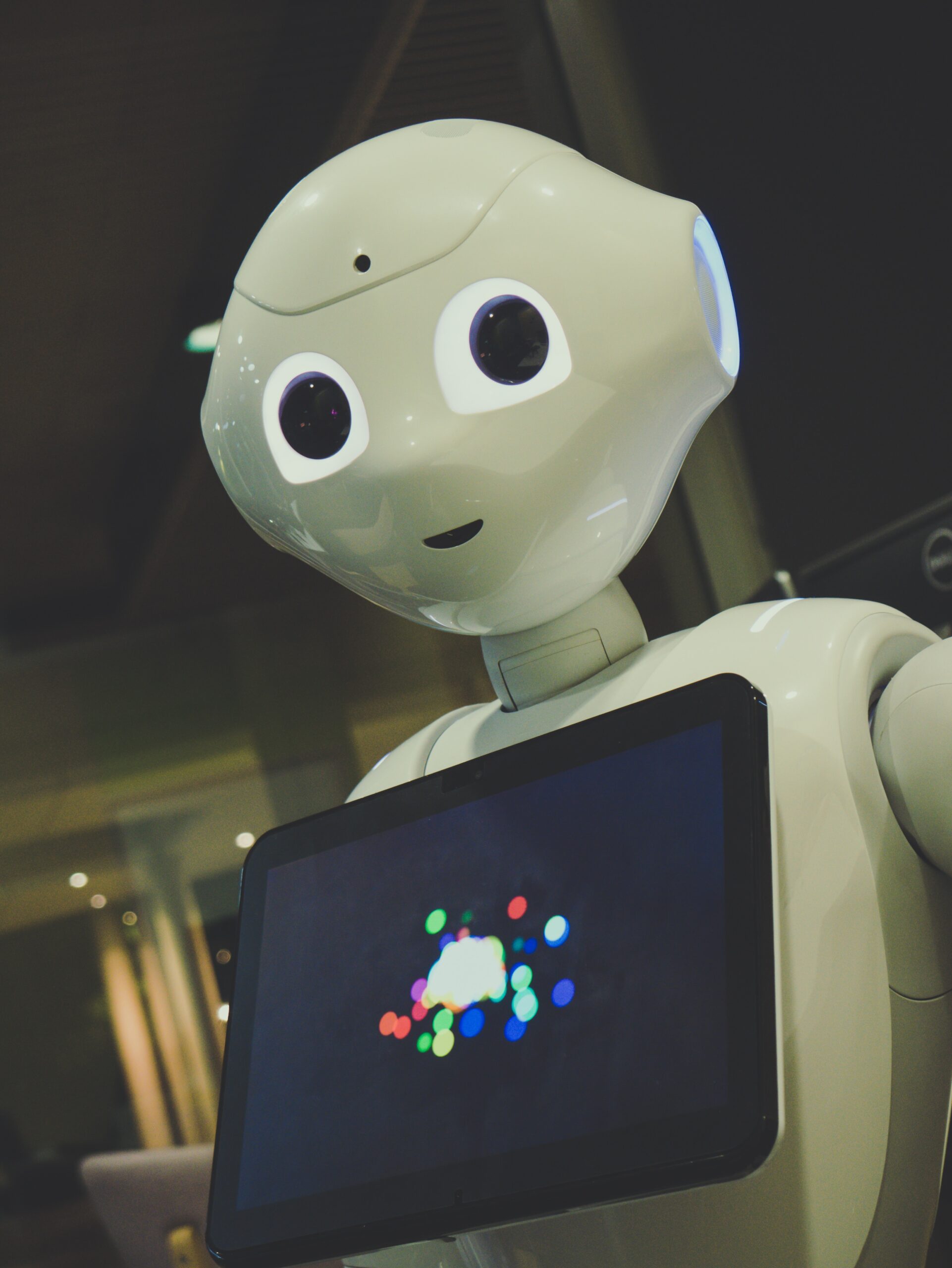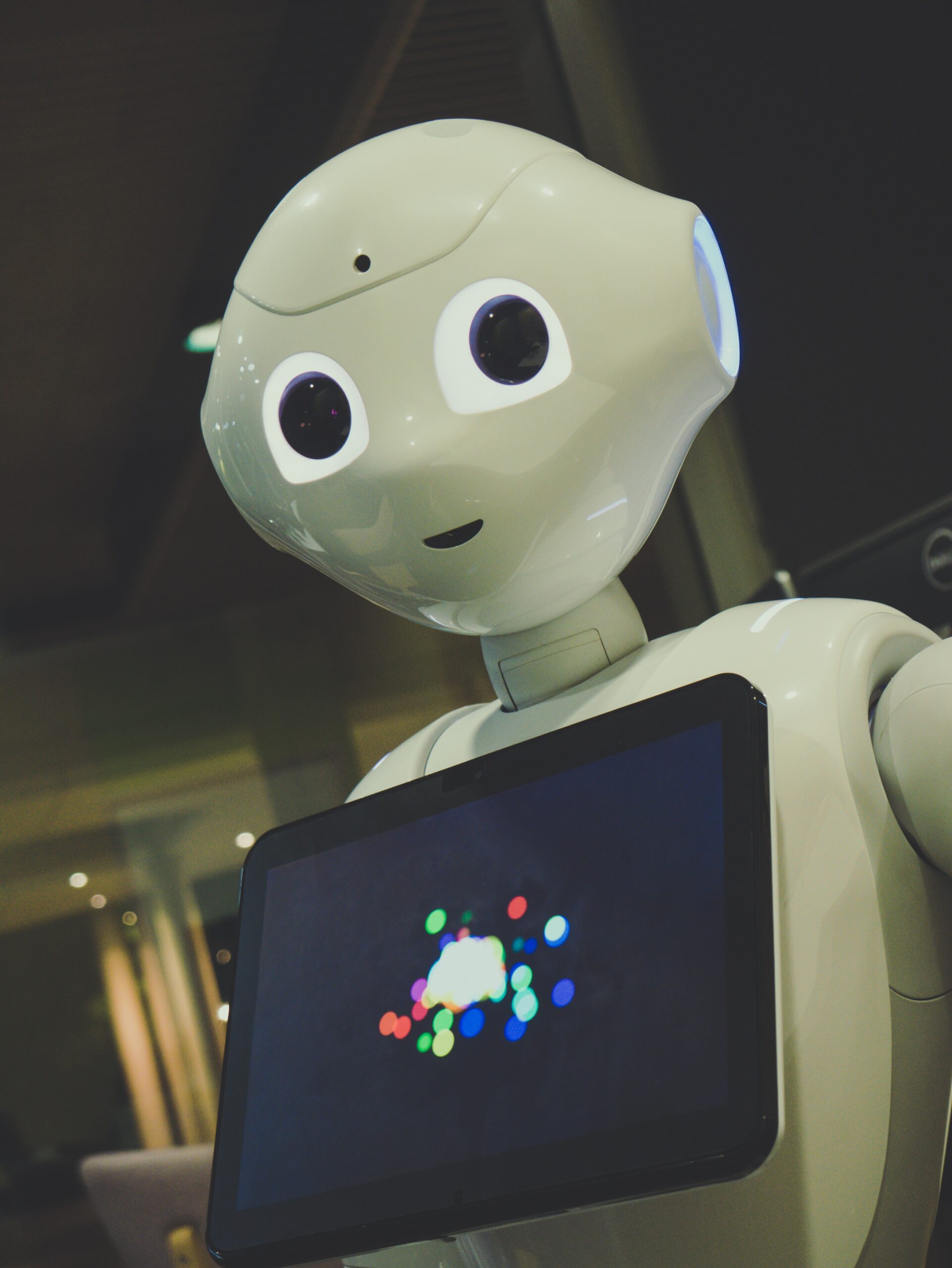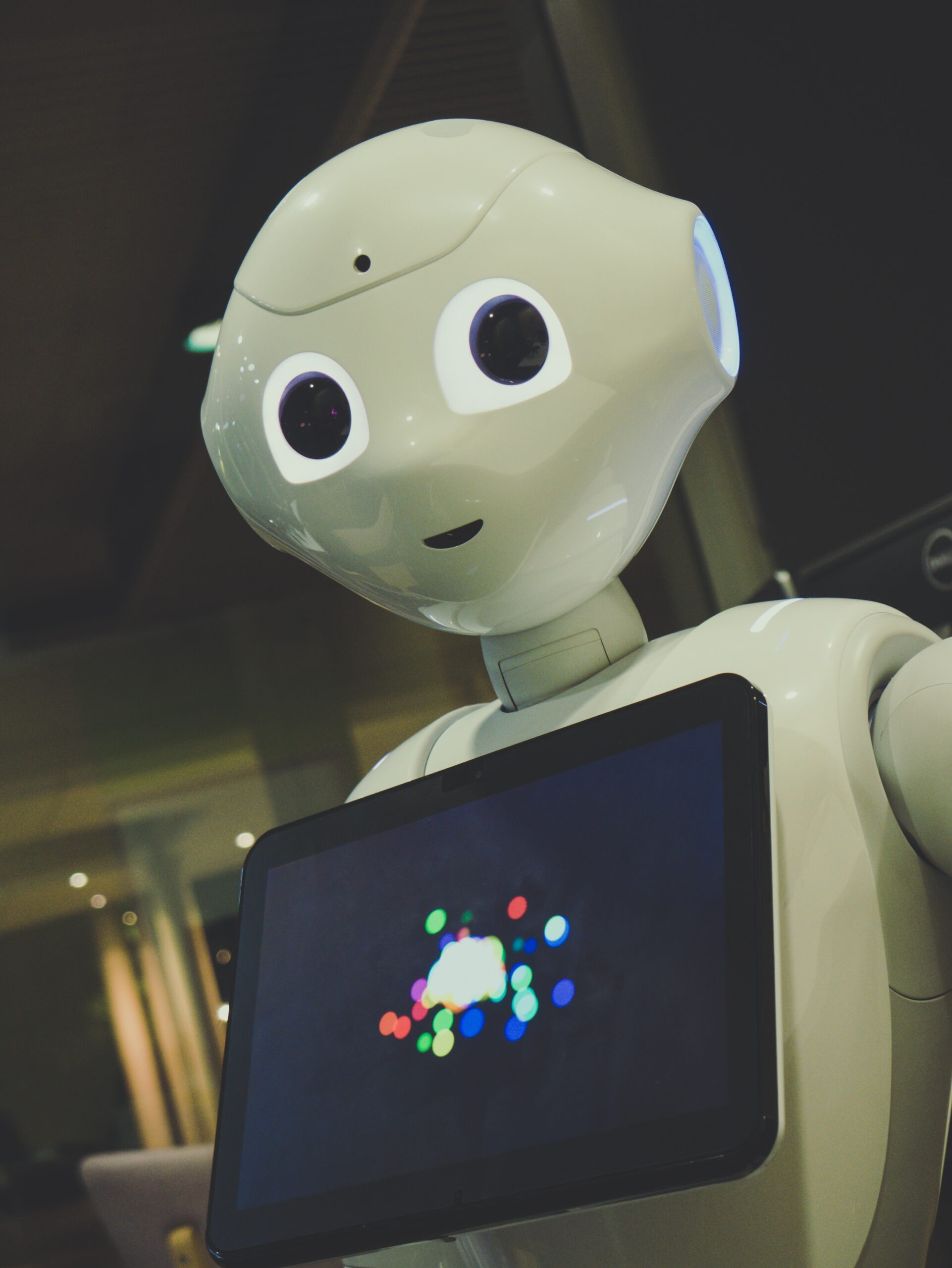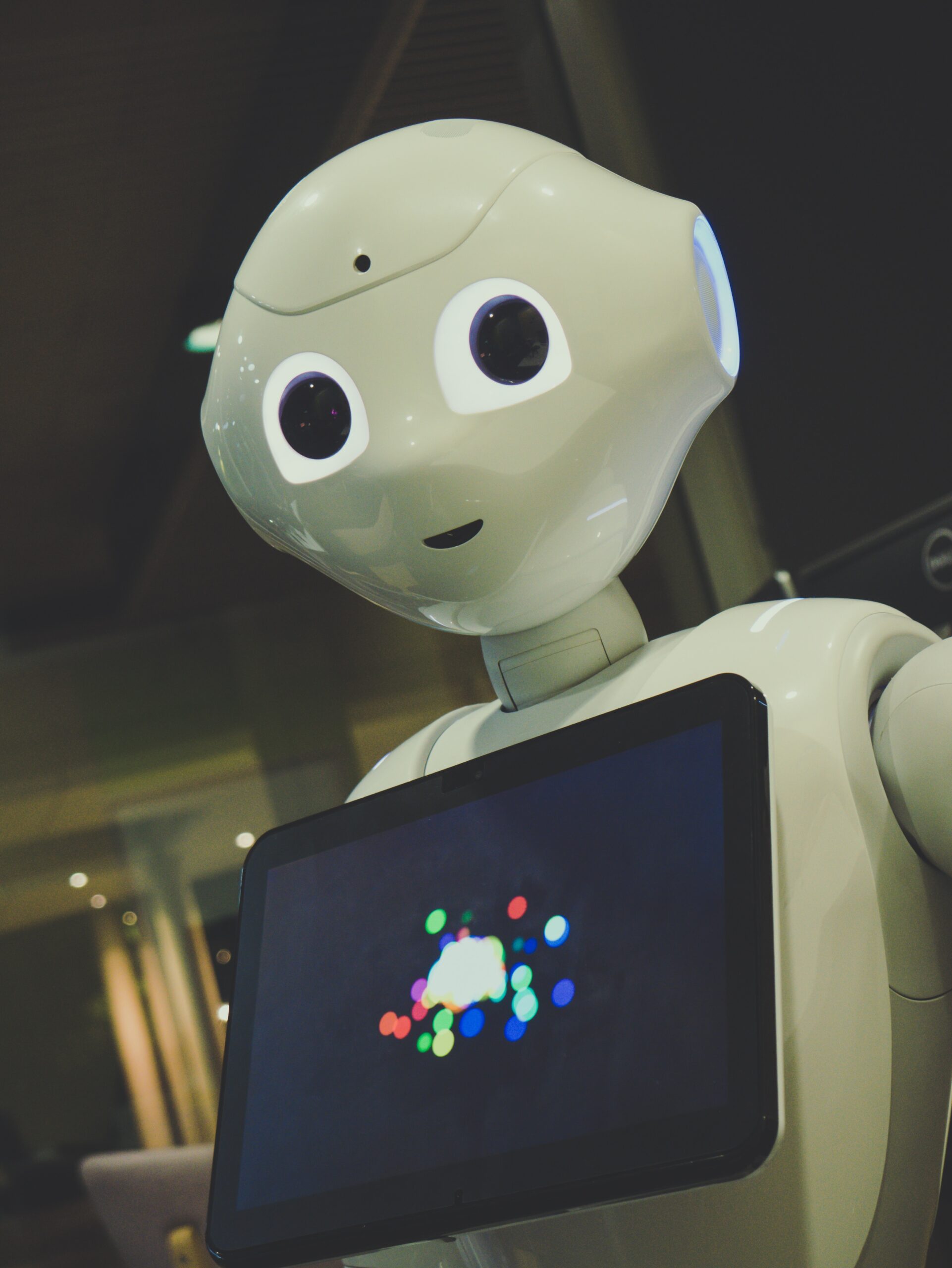Understanding Chat GPT and Getting Started with AI

Photo by Owen Beard on Unsplash
Introduction

Artificial Intelligence (AI) has revolutionized various industries, and one of the most exciting applications is chatbots. Chatbots have become increasingly popular, and one of the prominent tools used to create them is Chat GPT. In this article, we will explore what Chat GPT is and how you can get started with using it for AI.
What is Chat GPT?
Chat GPT is a language model developed by OpenAI. It is based on the GPT-3 (Generative Pre-trained Transformer 3) architecture, which is known for its ability to generate human-like text. Chat GPT specifically focuses on generating conversational responses, making it ideal for building chatbots and virtual assistants.
Chat GPT is pre-trained on a vast amount of text data, allowing it to understand and generate contextually relevant responses. It can comprehend a wide range of topics and adapt its language style based on the given input. This makes it a powerful tool for creating interactive and engaging chatbot experiences.
Getting Started with Chat GPT
Now that you have a basic understanding of Chat GPT, let’s explore how you can get started with using it for AI.
1. Accessing Chat GPT
To use Chat GPT, you need to have access to OpenAI’s API. You can sign up for an API key on OpenAI’s website. Keep in mind that there may be certain restrictions and costs associated with using the API, so it’s essential to review the terms and conditions.
2. Understanding the API
Once you have access to the API, familiarize yourself with the documentation provided by OpenAI. Understand the endpoints, request/response formats, and any limitations or guidelines for using the API effectively. This will help you make the most out of Chat GPT and ensure a smooth integration into your AI project.
3. Defining the Use Case
Before diving into the implementation, it’s crucial to define the use case for your chatbot. Determine the purpose, target audience, and desired functionality of your chatbot. This will guide you in crafting appropriate prompts and handling user interactions effectively.
4. Designing Conversational Flows
Designing conversational flows is an essential step in creating a successful chatbot. Break down the user journey into logical steps and define the possible user inputs and corresponding bot responses. Consider the different scenarios and edge cases to ensure a seamless and intuitive user experience.
5. Implementing the Chatbot
Using the Chat GPT API, you can integrate the chatbot into your AI project. Send user messages as prompts to the API and receive the model-generated responses. It’s important to handle API rate limits and optimize the chatbot’s performance to ensure timely and accurate responses.
6. Iterative Improvement
Building a chatbot is an iterative process. Collect user feedback and analyze the chatbot’s performance to identify areas for improvement. Fine-tune the prompts, responses, and conversational flows based on user interactions. Continuous monitoring and refinement will help you create a chatbot that meets the needs of your users.
Conclusion
Chat GPT is a powerful tool for building chatbots and virtual assistants. By leveraging the capabilities of Chat GPT and following the steps outlined above, you can get started with using it for AI. Remember to define your use case, design effective conversational flows, and continuously improve your chatbot based on user feedback. With Chat GPT, you can create engaging and interactive AI-powered chatbot experiences.







